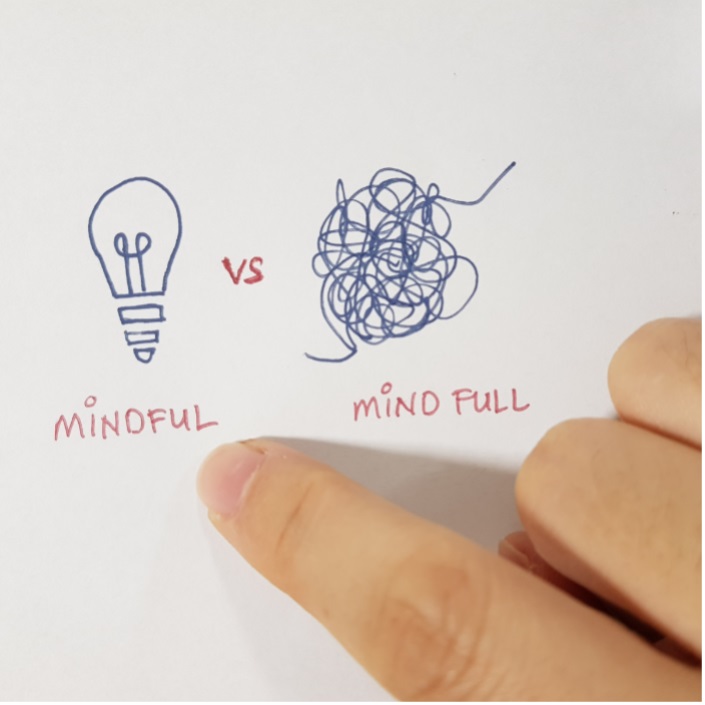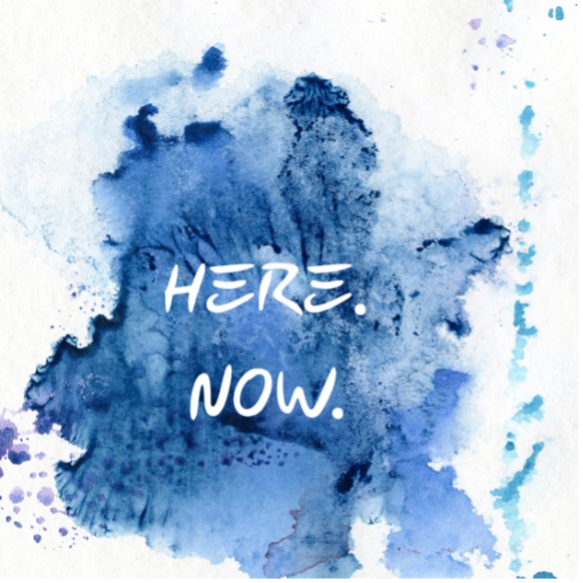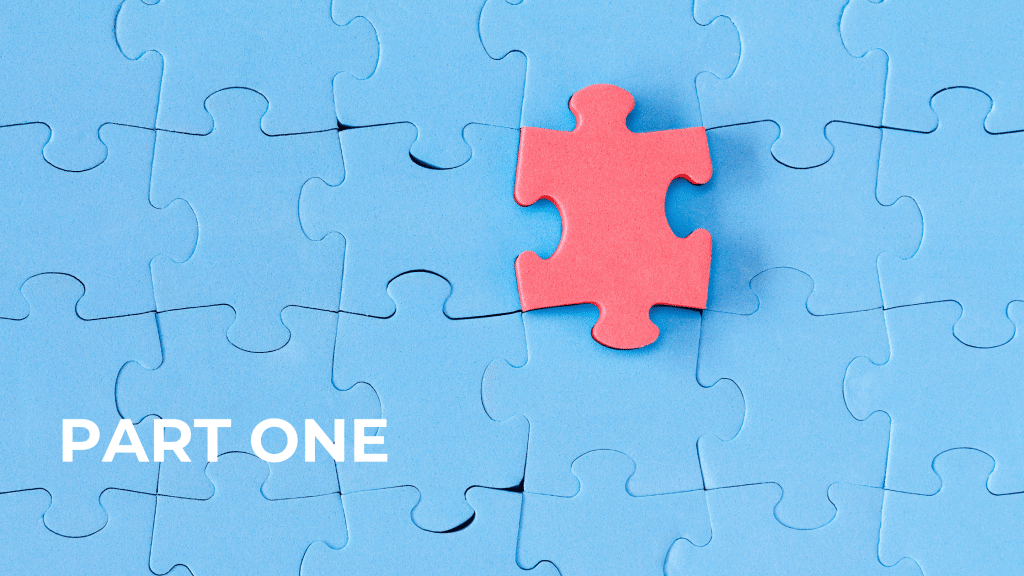Have you ever led a project or program where you knew it was no longer sustainable, but despite multiple conversations with the rest of the leadership team, there was no resolution? It kept dragging along, talk fest after talk fest.
When I worked with an organisation stuck in this cycle, they agreed to try something different because what they’d been doing wasn’t working.
They trusted in the process.
All they knew was the peer case clinic process we would use was evidence-based, structured, and time-limited.
Everyone would have a voice, people would need to listen without judgement, be curious and build on the ideas and feelings of colleagues during a generative dialogue.
Five minutes before the end of the generative dialogue, I was concerned about whether we’d get there. Then, the pennies started dropping. The ideas and feelings began connecting, and the organisation had a big ‘aha’ moment about why they were holding on so tight to something that needed to change.
All it took was sixty minutes of trying something different to discover what had held them back. They’ve since agreed to make fundamental changes, which have been implemented.
Their biggest insight was their emotional attachment to what wasn’t working was holding them back.
The most surprising feedback they gave was what people valued most about the process.
People most valued the gift of silence so they could reflect.
Three minutes of silence to reflect on and be present with the images, thoughts and feelings coming up.
It’s mindfulness on a whole different level.
Mindfulness is often depicted as an individual’s inner journey, a way to be present, aware, and grounded in one’s environment. It’s about understanding the self, the nuances of thoughts, and the ebb and flow of emotions.

Now, imagine taking that, magnifying it, and applying it collectively.
The technique I’ve been using is based on a tool developed by the Presencing Institute founded by Otto Scharmer and colleagues.
It is based on Theory U, which Otto Scharmer from the Massachusetts Institute of Technology (MIT) evolved over twenty years of experimentation and refinement. It was developed through action research and learning by doing.
While mindfulness zeroes in on the present moment, Theory U encompasses the past, present, and potential future. It urges leaders and teams to “observe, observe, observe,” diving deep into the current reality, recognising patterns and entrenched thinking and opening space for innovation.
This ‘presencing’ is the heart of Theory U. It parallels the ‘aha’ moments in meditation, where deep insights emerge. But in Theory U, this clarity is about future possibilities, a vision for change.
So, if mindfulness is about tuning your inner radio to a clear station, Theory U is about taking multiple musical instruments, aligning them, and producing harmonious melodies of change and transformation.

Otto Scharmer says, “What counts is not only what leaders do and how they do it but also their “interior condition” – that is, their inner source … a deeper dimension (the source) from which our actions, communication, and perceptions arise, and which allows us to sense and connect with a whole new set of possibilities.“
‘Presencing’ is useful for increasing awareness of the ecosystem in which you are trying to effect change. It can help us learn from the emerging future at various levels, from system to organisational to personal.
I’ve used variations on the peer case clinic process with individual leaders wanting to explore a challenge, organisations wanting to explore their future and sector roundtables with industry organisations.
However, people can find it akin to trying yoga for the first time and getting stuck in the pretzel pose if they don’t have someone helping them. The enlightenment is there, but first, they need help untangling the limbs.
It helps to have someone manage the process and, in some cases, strong personalities who need support to change behavioural habits.
If any of this intrigues you, I suggest you start small to avoid surface-level solutions and falling into old patterns of behaviour. The follow-through after gaining the insights is also critical.
Please reach out if you’d like to know more about the process and how it could help you gain clarity that can lead to new possibilities.







